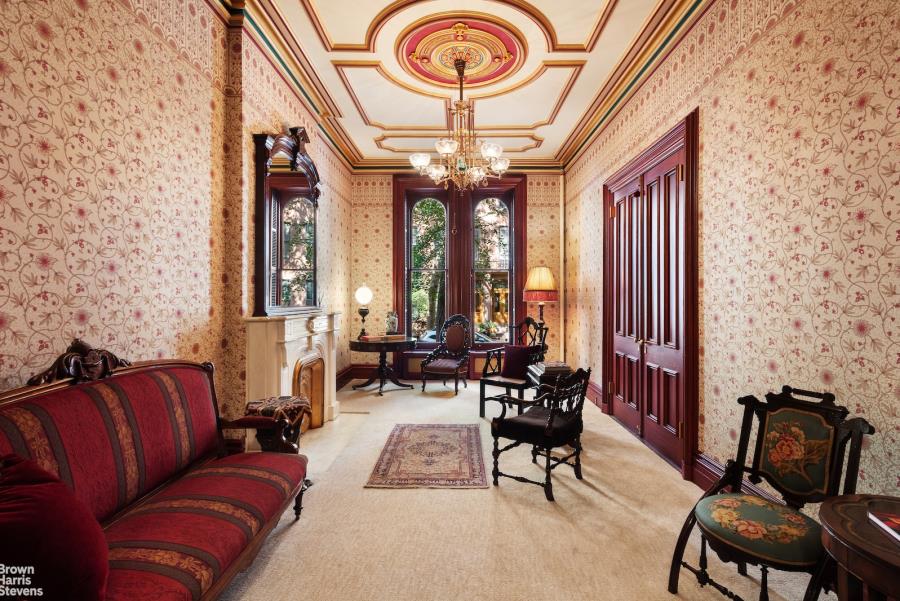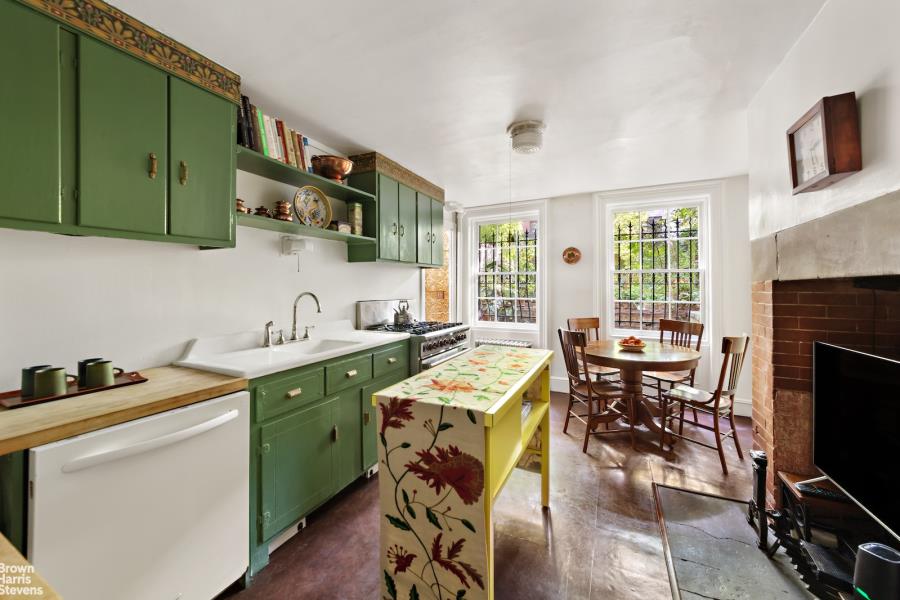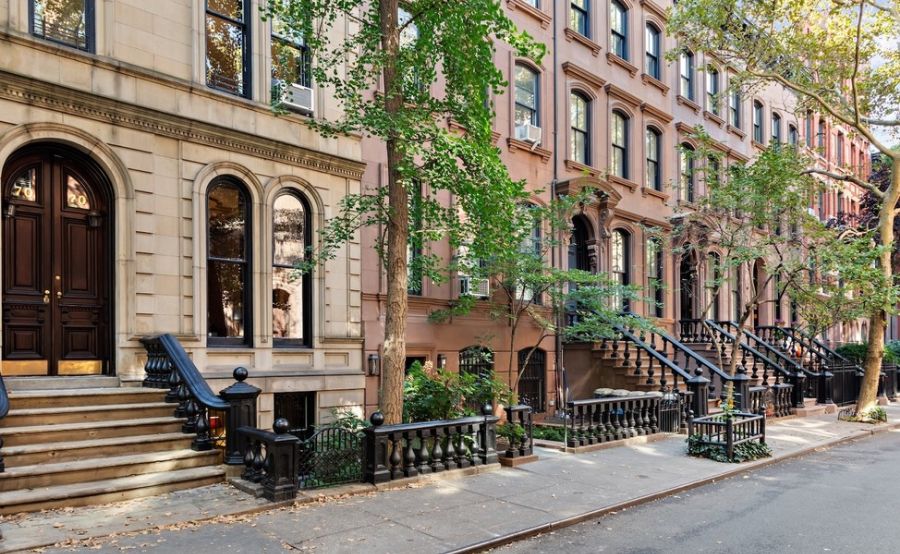Ah, the West Village. To turn off noisy, bustling Seventh Avenue in Manhattan and walk into the West Village is to exhale and immediately enter a quiet, timeless neighborhood of tall trees, old brownstones, and strolling pedestrians. Greenwich Village owes its original charming character to the efforts of Jane Jacobs, the bicycle-riding journalist, author, and citizen activist who was an urban expert and editor at "Architectural Forum" magazine. Through her activism, Jacobs successfully led a fight to stop powerful city planner Robert Moses from bulldozing Fifth Avenue through Washington Square Park and building a ten-lane highway that would tear through Soho and Chinatown. As a result of her work, Greenwich Village was named an historic district in 1979. Now, the Greenwich Village Society for Historic Preservation advocates for the landmark designation of neighborhood buildings and helps secure zoning protections for blocks. Due to its wonderfully preserved quality, the West Village has become one of the most desirable places to live in the city if not the world.

Named for Commodore Oliver Hazzard Perry, who was known for his victory in the Battle of Lake Erie in 1813 during the War of 1812, Perry Street runs through the middle of the West Village from Seventh Avenue down to the Hudson River. At the corner of West 4th Street and Perry, the Italian restaurant Sant Ambroeus, founded in Milan in 1936, offers authentic upscale Italian fare and coffees. Further down the block, "Sex and the City" fans recognize the facades of 64 Perry and 66 Perry, where the exteriors of Carrie Bradshaw's apartment were filmed. Renowned anthropologist Margaret Mead lived with her family for fourteen years at 72 Perry Street. Near the Hudson River on the ground floor of the Richard Meier Towers, famed chef Jean-George Vongerichten runs his chic restaurant Perry St.

This area of the Village was originally farm land owned by the Van Ness family until 1865, when they began to sell it off. At first, wooden frame houses rose on Perry Street and then brownstone homes. Today, a row of chocolaty brownstone houses is broken up by the light limestone facade of 70 Perry Street, which the "American Institute of Architects Guide to New York City" called “the architectural gem of the block.” It's now on the market for the first time in 45 years with Brown Harris Stevens Brokers Louise Phillips Forbes and Leigh Williams.

70 Perry Street was built in 1867 by Walter Jones, its owner and architect, who eschewed the popular Italianate style and built the house in the new French Second Empire manner, with gracefully arched floor-to-ceiling windows that repeat the arched front door, and a steep mansard roof. Its pale facade makes it appear larger and wider than its brownstone neighbors. Inside, many original details have been painstakingly preserved, including 12-foot ceilings, marble fireplaces, and elaborate crown and chair moldings. Currently, the homeowner resides in the bottom duplex and garden, while three floor-through rental apartments occupy the upper floors.

The current homeowners bought the house in 1977 from a family who had owned it since 1923. The homeowner's husband, who passed away two years ago, was known as the "Mayor of Perry Street," heading up the Perry Block Street Association and organizing the popular spring-time Perry Street Sale which, alas, is no longer held. She was devoted to the home's garden, which has a path around a central rectangular "Victorian pool" garden motif that is filled with perennials of different shapes and textures. In this quiet place amongst the neighboring houses and gardens, the eras fall away and time stands still. Inside, while sitting at the kitchen table as bright sun dapples through the windows, the tranquil setting and peaceful atmosphere reveal the enduring magic of the West Village.

